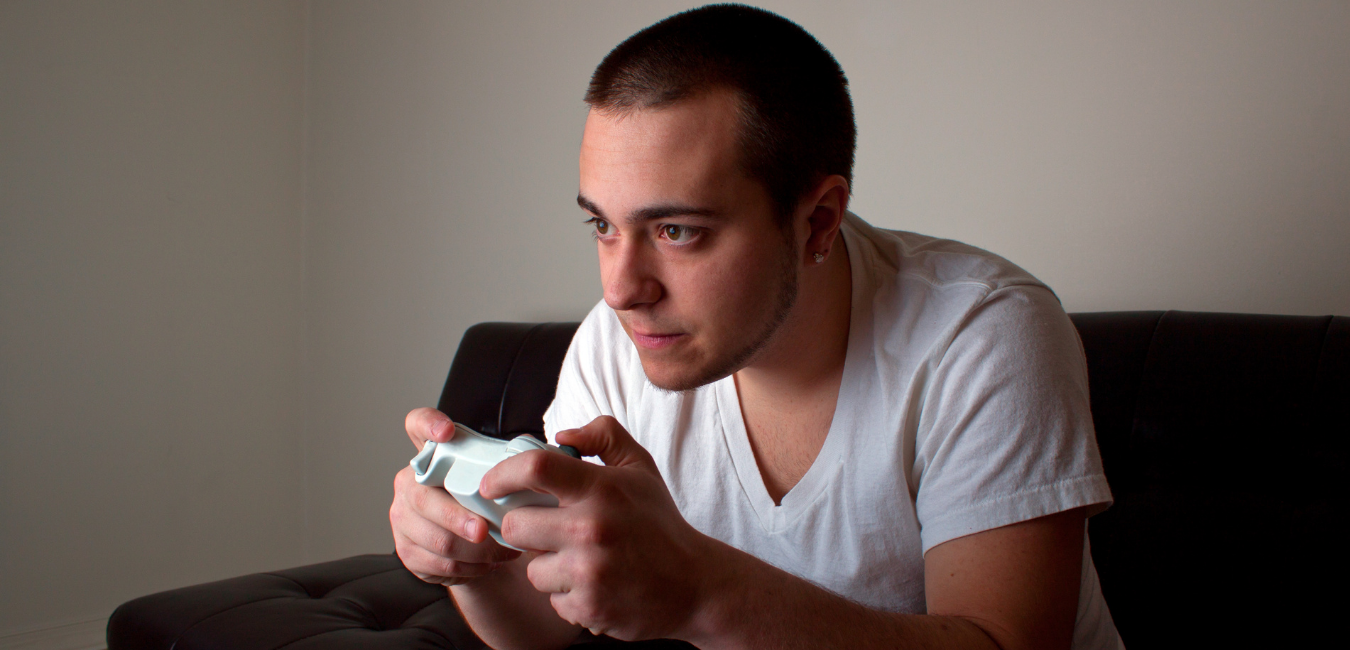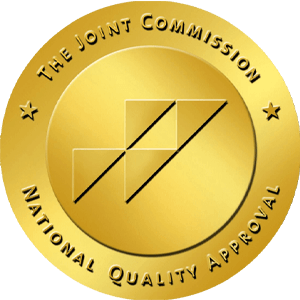Addiction to gaming is described in the American Psychiatric Association’s Diagnostic and Statistical Manual of Mental Disorders (DSM-5), which mental health professionals use to diagnose mental disorders. There was not sufficient evidence to determine whether the condition is a unique mental disorder or the best criteria to classify it at the time the DSM-5 was published in 2013. However, it recognized internet gaming disorder in the section recommending conditions for further research, along with caffeine use disorder and other conditions. (Internet Gaming, n.d.)
Gaming disorder, unspecified, may include individuals who have characteristics of the condition but do not fit neatly into one of the other two types. (Psychiatry.org, n.d.) gaming disorder, predominantly offline, includes any focus on gaming that is not online, such as standard video games.
Now that we know what gaming disorder is, we are left with two questions. How does a person receive treatment for an internet gaming disorder, and do they need to continue to abstain from gaming once they are done with treatment?
What are the signs of gaming disorder?
Individuals who present with internet gaming disorder may experience comorbid conditions. Several gambling-like opportunities exist in video games (Brooks & Clark, 2019; Li et al., 2019). Thus, screening for gambling problems may be appropriate. Individuals who engage in problematic levels of video gaming are also at an increased risk for depression, anxiety, substance abuse, attentional difficulties, and low school performance (Van Rooij et al., 2014; Koo et al., 2017). (Samuel C. Peter, 2020)
According to the criteria proposed in the DSM-5, a person must have five or more of the following signs within a year to fall under “addiction to gaming.
- Thinking about gaming all or a lot of the time.
- Feeling bad when you cannot play.
- Needing to spend more and more time playing to feel good.
- Not being able to quit or even play less.
- Not wanting to do other things that you used to like.
- Having problems at work, school, or home because of your gaming.
- Playing despite these problems.
- Lying to people close to you about how much time you spend playing.
- Using gaming to ease bad moods and feelings.
Signs of Gaming Disorder Continued:
In an article published by the Journal of Health Service Psychology, they state that in addition to assessing symptom severity, it is essential to evaluate the frequency and intensity of the video gaming behaviors to track treatment progress. The timeline follow-back (TLFB) was created to assess for alcohol use (Sobell & Sobell, 2008), but also has been used to evaluate for other forms of substance abuse use (Robinson et al., 2014) and gambling-related behaviors (Pfund & Ginley, 2019; Weinstock et al., 2004). It may also be a practical approach for the assessment of video gaming behavior.
The TLFB method involves clients completing a calendar of their addictive behavior. There is a standard induction procedure where the therapist will first instruct the client to mark “anchoring” or “key” days (e.g., birthdays, holidays, days they were paid, and other special occasions). These anchors are used as memory aids to record the frequency and intensity of video game behavior. It can be completed by both the individual playing video games or a collateral reporter. (Samuel C. Peter, 2020)
Internet Gaming Addiction statistics:
- 64% of the population in the United States participate in gaming.
- Males who are between the ages of 18-24 are at the highest risk for gaming addiction.
- 94% of males and 6% of females represent the gender breakdown for gaming addiction.
- 69% Caucasian, 13% Asian, and 18% of other ethnicities is the ethnicity breakdown for gaming addiction.
- The average male gamer is 33 years old.
- The average female gamer is 37 years old.
(Video Game Industry Statistics, Trends and Data In 2021)
The Four Most Addictive Video Games:
- Fortnite: Battle Royale
- World of Warcraft; Legion
- Grand Theft Auto V
- Overwatch
Gaming Disorder Treatment:
The treatment for internet gaming disorder is remarkably like the treatment process that someone with any other addiction would go through. Clients of a treatment program will work with licensed professionals to help them undergo cognitive-behavioral therapy and identify their addiction triggers. Individual therapy, group therapy, and 12-step meetings will all be part of the treatment journey.
The primary treatment option for those who are addicted to internet gaming is CBT therapy. CBT is the most common form of talk therapy that is popular in addiction treatment programs and centers. During each session, participants will be able to talk about what they feel and get input from the therapist on why they may be feeling that specific way. CBT promotes an open dialogue environment that helps the individual feel comfortable when talking about the addiction they are struggling with. This type of therapy is beneficial for assisting a person in recognize triggers, negative thinking patterns, and establish more effective ways to deal with stressful situations.
If you or your loved one is struggling with gaming addiction or you think you want to learn more about how Omega Recovery could help you, contact us today at (512) 601-5407 or send us an e-mail at intake@omegarecovery.org.
Read more about addiction to gaming and what we have implemented in our program that makes it successful not only while in treatment but also for the rest of your journey. Gaming Addiction Treatment
Works Cited
(n.d.). From Psychiatry.org: www.psychiatry.org
Internet Gaming. (n.d.). From American Psychiatric Association: https://www.psychiatry.org/patients-families/internet-gaming
Samuel C. Peter, M. K. (2020). Assessment and Treatment of Internet Gaming Disorder. Journal of Health Service Psychology, 2.
(n.d.). Video Game Industry Statistics, Trends and Data In 2021. wepc.




